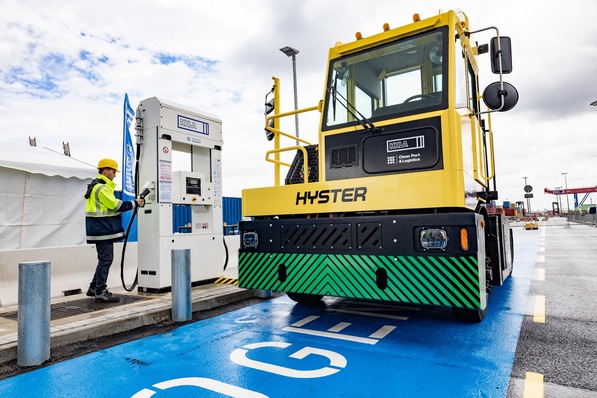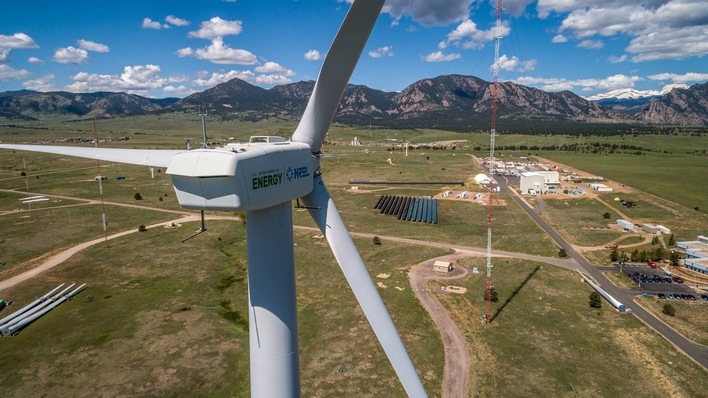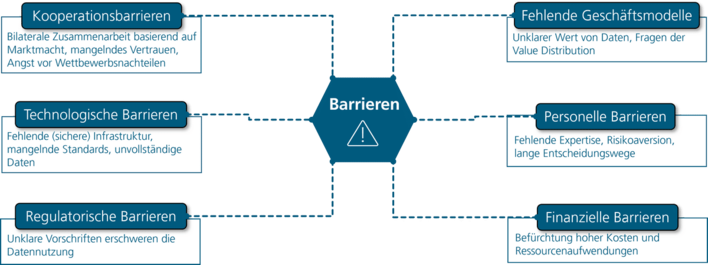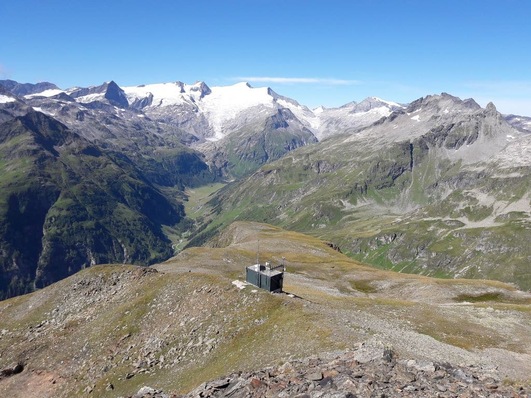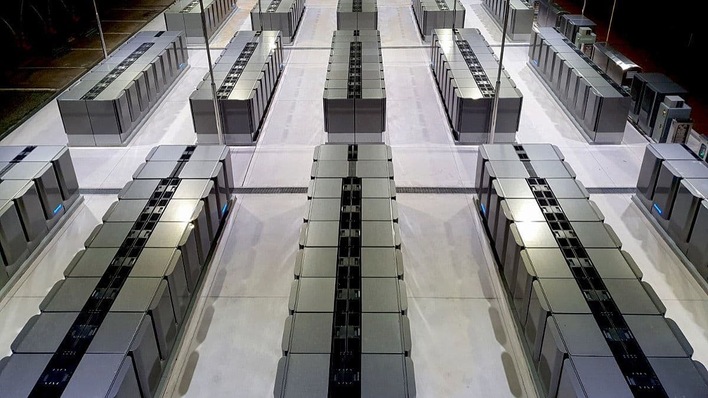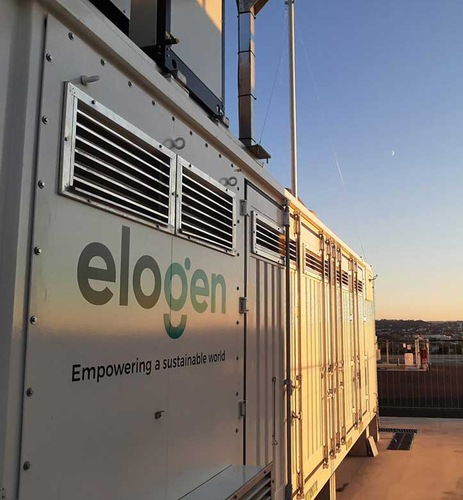
The study focused on concrete recommendations for the shaping of Germany’s national hydrogen strategy (NWS). The NWS was presented in the summer of 2020, but detailed measures for its implementation are still missing so far. In light of the new global situation with the war in Eastern Europe, there are currently numerous efforts to quickly pave the way so that a secure and mostly independent energy supply can be guaranteed for Germany in the future.
For this purpose, the Reiner Lemoine Institut (RLI), on behalf of Green Planet Energy (formerly Greenpeace Energy), analyzed whether, and how, the use of decentralized electrolyzers could be sensible and economical. As Dr. Kathrin Goldammer showed, electrolyzers with a peak output of up to five megawatts are particularly suited for this purpose. The managing director of RLI explained: “Such electrolyzers can react flexibly to the fluctuating supply of wind and solar power and signals from the distribution grid operators. In this way, they make an important contribution to grid stability and security of supply. The energy system thus becomes more efficient, resilient and cost-effective.”
Also Marcel Keiffenheim, leader of the policy and communication division of Green Planet Energy eG, stated that “decentralized electrolyzers offered security of supply, resilience and optimization of solar and wind utilization.” Keiffenheim therefore demanded that decentralized electrolyzers be taken into account in the national hydrogen strategy and that clear capacity expansion targets be defined, as not only large electrolyzers are needed. He said, “Instead of just dribbling, we should also drabble. We should do one thing without abandoning the other.”
Author: Sven Geitmann



